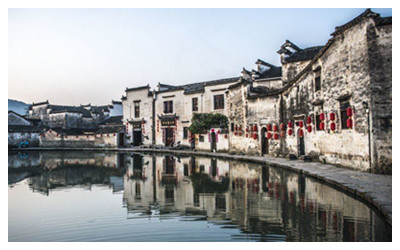Skype: neodalle-travel
Tel: +86 135 7447 2266
E-mail: sales@zhangjiajieholiday.com

 Hui architecture developed into a significant school in the Song Dynasty. During the middle period of the Ming Dynasty, gardens and houses constructed with Hui styles developed very quickly along with the Prosperity of Hui commerce and the development of its social economy. Hui style soon stepped out from Huizhou Prefecture and was introduced to big towns along the Yangtze River. The technical features and style of Hui architecture are mostly put into use in the construction of houses, ancestral temples, joss houses, archways, and gardens.
Hui architecture developed into a significant school in the Song Dynasty. During the middle period of the Ming Dynasty, gardens and houses constructed with Hui styles developed very quickly along with the Prosperity of Hui commerce and the development of its social economy. Hui style soon stepped out from Huizhou Prefecture and was introduced to big towns along the Yangtze River. The technical features and style of Hui architecture are mostly put into use in the construction of houses, ancestral temples, joss houses, archways, and gardens.Hui style houses are typically ones with skylights. With a quadrate skylight surrounded by houses from four sides or from left, right and backside, these Hui style houses can reduce the beat of sunshine and enjoy ventilation. All the houses drain off water to the skylight which means fortune will not run off outside, which is called “water collecting and depositing from four sides to patio of the house compound” by local natives.
Hui style houses mainly reflect the mountainous features, geomantic omen, and the beautiful terrain there. The whole show of Hui style houses, built with black tiles and white walls, surrounded by high walls shaped like horse heads (for fireproofing), and harmonized with refined and elegant colors, brings us a strong sense of beauty. These houses are often decorated with artworks made of brick, wood, and stone. As a traditional architecture school, Hui style embodies elegance, conciseness, and magnificence, and still keeps its special artistic favor to this day.
 Ask Questions ?
Ask Questions ?